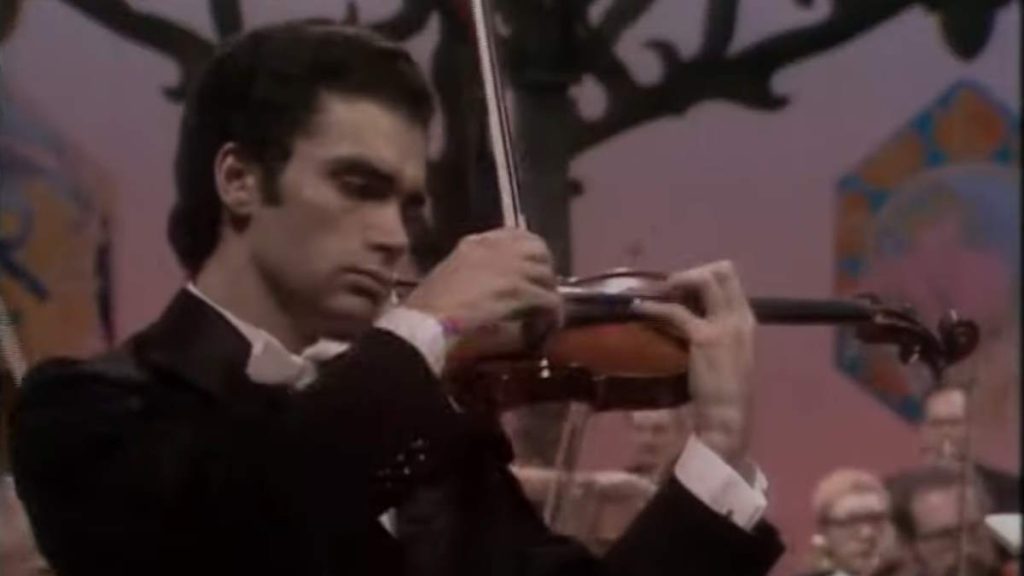Accompanied by the hr-Sinfonieorchester (Frankfurt Radio Symphony Orchestra), the French violinist Renaud Capuçon performs Maurice Ravel‘s Tzigane, a rhapsodic composition that was commissioned by and dedicated to Hungarian violinist Jelly d’Arányi (1893-1966). Conductor: Alain Altinoglu. This performance was recorded on June 10, 2022, at the Alte Oper Frankfurt.
Maurice Ravel’s Tzigane
Maurice Ravel’s “Tzigane” is a rhapsodic composition that stands out as one of his most passionate and virtuosic works. Composed in 1924, this piece is often described as a rhapsody for violin and piano or violin and orchestra, drawing inspiration from the European Romani (Gypsy) music tradition. The title “Tzigane” itself is derived from the French word for “Gypsy,” reflecting the work’s exotic and improvisational style.
“Tzigane” was initially written for Hungarian violinist Jelly d’Arányi, who was a grandniece of the famous violinist Joseph Joachim. Legend has it that d’Arányi’s impassioned playing of Hungarian Gypsy music at a party inspired Ravel to compose this piece. Ravel, known for his meticulous and refined compositions, ventured into a different realm with “Tzigane,” embracing a freer, more spontaneous style.
The work begins with an extended, unaccompanied cadenza for the solo violin. This opening section is one of the most demanding in the violin repertoire, requiring immense technical skill and expressiveness. It features a wide range of violin techniques, including double stops, harmonics, and challenging fingerings, all of which contribute to its intense and passionate character. This cadenza sets the mood for the entire piece, evoking the improvisational style of Romani musicians.
When the piano (or orchestra, in the orchestrated version) enters, it complements the violin’s fiery melodies with a rich harmonic texture. The interaction between the solo violin and accompaniment is dynamic and intricate, with the piano often mirroring or responding to the violin’s themes.
As the piece progresses, the music becomes increasingly animated and virtuosic. Ravel employs a variety of rhythms and melodic motifs that are characteristic of Romani music, including the use of a Hungarian scale, which adds an exotic flavor to the melody. The rhythm is driving and rhythmic, with a sense of urgency and passion that builds throughout the piece.
“Tzigane” culminates in a dazzling finale, where the violin and piano engage in a spirited dialogue, leading to a thrilling and virtuosic conclusion. This ending showcases the full range of the violin’s capabilities and the pianist’s skill, leaving both the performers and the audience exhilarated.
This piece is not only a showcase of Ravel’s versatility as a composer but also a testament to his ability to capture the essence of different musical styles and traditions. “Tzigane” remains a favorite among violinists for its expressive depth and technical challenges, and it continues to captivate audiences with its energy, passion, and virtuosity.
Sources
- Tzigane on Wikipedia


